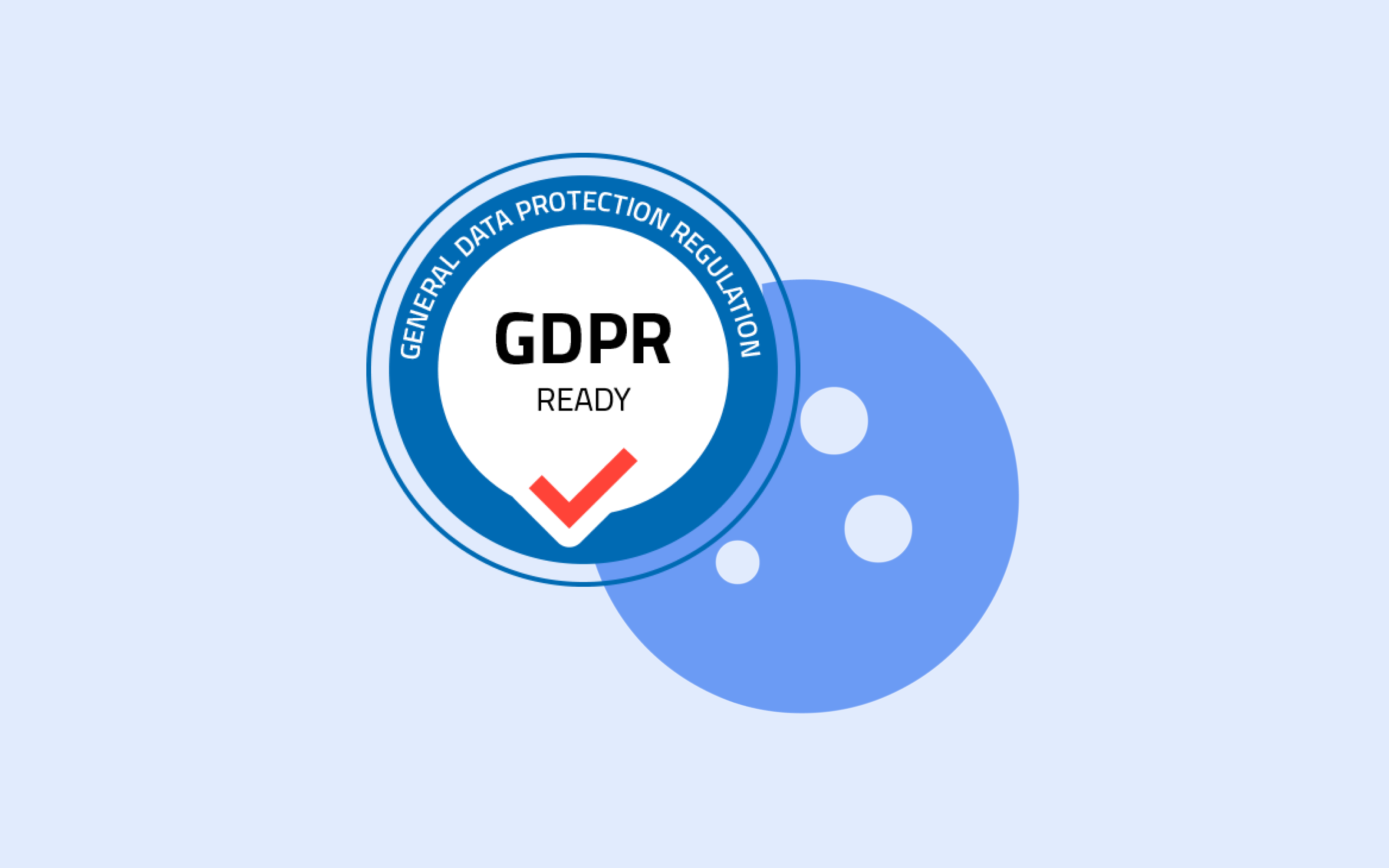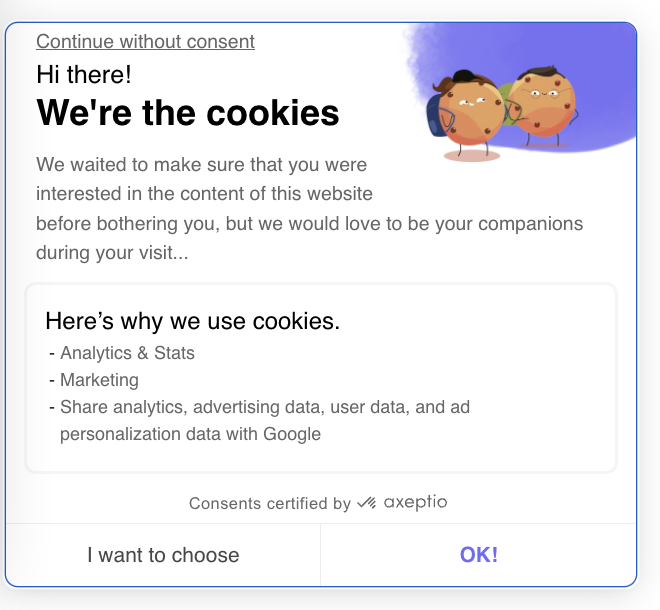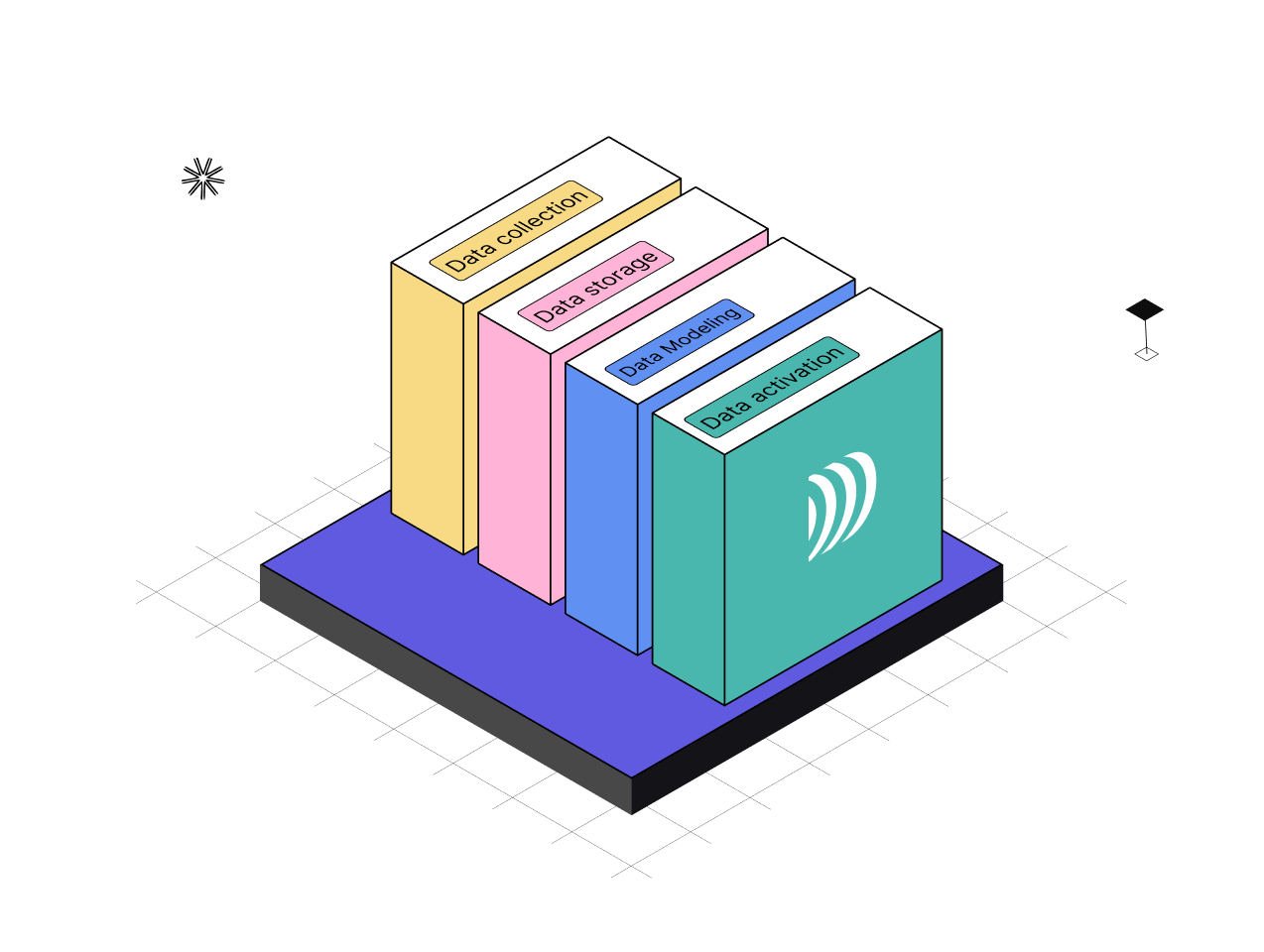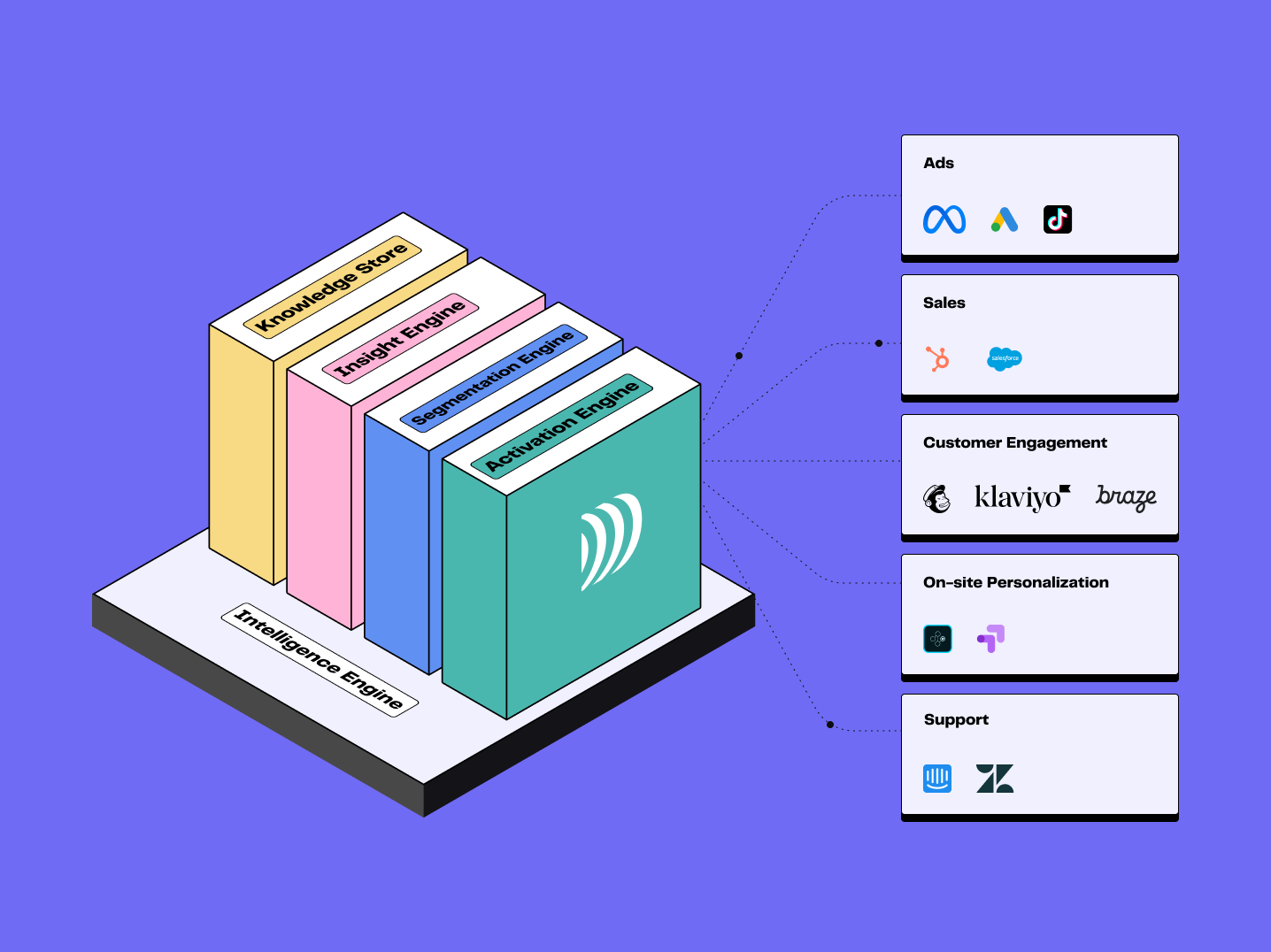
How to navigate Data Compliance with a CDP?
4min • Last updated on Jul 1, 2025

Alexandra Augusti
Chief of Staff
As marketers, we're faced with the dual challenge of leveraging customer data for personalized marketing while adhering to strict data privacy laws like GDPR. This balancing act raises the question: how can we maintain marketing efficacy and consumer trust simultaneously?
The solution lies in a Customer Data Platform (CDP).
A CDP is a vital tool that consolidates first-party customer data from numerous channels—be it your website, CRM, emails, or social media—into a singular, cohesive customer profile for targeted marketing efforts and analytical insights across various platforms.
More than just a data storage system, a CDP acts as a comprehensive data management solution, enabling marketers to navigate the challenges of data privacy regulations while honoring customer consent and preferences.
🌟 In this discussion, we delve into how a CDP streamlines both data management and compliance procedures, aids in adhering to rigid privacy laws like GDPR and CCPA, ensures data ownership and sovereignty, and fosters personalized marketing that respects customer privacy and preferences.
Get compliant with strictest regulations
In an era where data privacy cannot be taken lightly, regulations like the General Data Protection Regulation (GDPR) in the European Union and the California Consumer Privacy Act (CCPA) in the United States stand as testament to an increasing global emphasis on the protection of consumer data. These regulations not only aim to safeguard consumer privacy but also place a significant compliance burden on businesses, dictating stringent measures for the handling, processing, and security of personal data.
Marketers, in particular, find themselves navigating a challenging landscape, where the complexity and rigor of data privacy laws complicate their operations. They frequently struggle with:
Effectively identifying and cataloging the personal data they possess on their customers
Securing valid, documented consent for the processing of data
Efficiently fulfilling customer requests pertaining to data access, deletion, or modification
Maintaining robust data security to avert breaches
Demonstrating compliance to regulatory bodies and auditors
It's within this context that a Customer Data Platform (CDP) emerges as an invaluable tool for marketers aiming to reconcile the demands of compliance with the operational needs of marketing.
Centralizing data management with a CDP
Centralizing all your customer data into a single point of truth is a pivotal benefit of adopting a CDP. This consolidation facilitates effortless access, updates, and management of customer information (and especially consents), seamlessly assimilating data from diverse origins and collection methods.
Consent management, a key discipline for adhering to data privacy norms like GDPR and CCPA, involves securing, documenting, and respecting customer preferences regarding their personal data’s utilization. It's also pivotal for maintaining compliance with the stipulations of business affiliates such as ad publishers. Navigating consent management can prove arduous, particularly with multiple data-capturing systems and sources in play.
Here, a Consent Management Platform (CMP) serves as an instrumental tool, simplifying the orchestration of customer consent’s collection, storage, and application. CMPs empower you to craft user-friendly consent interfaces, like cookie banners or opt-in forms, delivering lucid, comprehensible details about data processing modalities, responsible parties, purposes, and legal grounds.

Example - Axeptio Cookie banner
Moreover, CMPs facilitate the creation and dissemination of precise consent records to dependent entities — including third-party vendors and services — thereby legitimating and evidencing compliant data operations.
Despite the utilities of CMP, disjointed and isolated data systems render it insufficient. A harmonized data management strategy underpinned by a CDP is necessary to streamline consent management protocols effectively.
By amalgamating your CDP and CMP, myriad advantages ensue:
A unified and accurate consent gathering process across all engagement channels such as websites, mobile apps, emails, social media, enhancing consistency.
An agile, real-time update and synchronization of consent records, alleviating discrepancies and conflicts attributed to divergent data sources and systems.
The application of consent preferences across all facets of data handling — from segmentation and personalization to analytics — ensuring customer preferences are always honored.
Comprehensive auditing and monitoring of consent compliance and efficacy, with insightful reporting capabilities to fine-tune data strategies and customer experiences.
A CDP’s role in centralizing data management is not merely about enhancing organizational efficiency; it's about ensuring that your business respects and complies with evolving data privacy regulations and honors customer privacy and preferences comprehensively.
Composable CDP: own your data
In an era where data is king, maintaining control and ownership over your own customer data is paramount. Traditional customer data platforms (CDPs) often force companies into a corner, relying on third-party vendors for data storage and management. This dependency brings a flurry of complications including but not limited to data duplication, data quality issues, concerns about data security, and sovereignty challenges. Compounded by hefty fees for data storage and processing, plus the potential trap of becoming too intertwined with a vendor's specific ecosystem and features, the drawbacks become too significant to ignore.
Enter the composable CDP, a beacon of hope for those looking to reclaim authority over their data. This innovative approach leverages a modular architecture that seamlessly collects, models, and activates customer data, all using “best of breeds” solutions. Unlike traditional models, a composable CDP integrates directly with your existing data warehouse, allowing your data team to govern and utilize a rich repository of customer information already at their fingertips. Find out more about how Composable CDP manages data security.
The perks of adopting a composable CDP are manifold:
Enhanced Data Integrity: Say goodbye to the headaches of data duplication and embrace consistent, high-quality data across all your platforms and systems. By leveraging your existing data pipelines and tools for data collection, transformation, and modeling, you ensure data governance and uphold stringent validation rules, maintaining the integrity of your data.
Uncompromised Data Security and Compliance: Operating within your own infrastructure, a composable CDP empowers you to implement robust data security measures and policies. This autonomy not only fortifies data security but also ensures compliance with evolving data privacy regulations, while respecting customer consent and swiftly addressing their data inquiries.
Cost Efficiency and Agility: Free yourself from the burden of unnecessary expenses associated with data storage and processing. A composable CDP model allows for a tailored approach, enabling you to invest solely in the features and services that truly benefit your business. Additionally, the flexibility to switch platforms and tools as your business needs evolve protects against vendor lock-in.
Expansive Data Utilization: With direct access to your data warehouse, you unlock the potential to leverage a wealth of data including behavioral insights, transactional history, demographic details, and custom data fields. This rich dataset serves as the foundation for driving sophisticated marketing strategies and understanding the nuances of the customer journey.
By embracing a composable CDP, you regain command over your customer data, leveraging it to supercharge your marketing efforts. Whether it's mastering audience management, refining journey orchestration, personalizing experiences, or activating data in innovative ways, the power now rests firmly in your hands.
Conclusion
In this exploration, we have delved into the transformative power of a customer data platform (CDP) in harnessing customer data for privacy compliance and marketing finesse. We've uncovered the strategic pillars of a CDP that elevate its utility:
Streamlining your data
Navigating the maze of regulations
Claiming data sovereignty
Cultivating personalized experiences
Yet, the landscape of CDPs presents a vast spectrum of capabilities. To harness the full spectrum of benefits that a CDP offers, one must consider a Composable CDP. This type of CDPs seamlessly integrates with your existing data infrastructure, leveraging your data warehouse as the unequivocal single source of truth for your customer data.
















